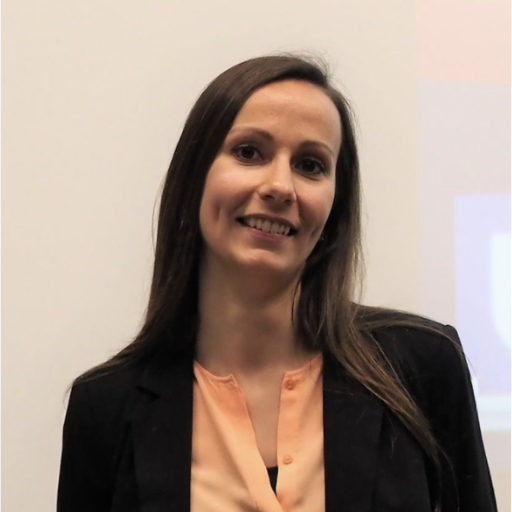tPA and Plasmin Modulate Amyloid Beta

Principal Investigator
George Steven Estus, PhD
University of Kentucky Research Foundation
Lexington, KY, USA
About the Research Project
Program
Award Type
Standard
Award Amount
$196,151
Active Dates
April 01, 1999 - March 31, 2000
Grant ID
A1999048
Summary
Dr. Estus is focusing on the clearance of beta-amyloid (Ab) by a protease, or an enzyme that digests proteins, called plasmin. Plasmin is normally converted from an inactive form, called plasminogen, to the active form by a protease called tissue plasminogen activator (tPA). Dr. Estus has found that Ab can increase the production of tPA in neuronal cells in culture and that Ab can activate tPA to digest plasminogen into the active plasmin. Plasmin can in turn digest Ab into small fragments. On the basis of these observations, Dr. Estus has hypothesized that Ab causes the increased plasmin activity, which then degrades Ab by proteolysis, and that plasmin serves a protective function by clearing Ab from the brain. In addition, an inhibitor of plasmin production, called plasminogen activator inhibitor (PAI-1), is increased during the inflammation that occurs in Alzheimer’s disease. Dr. Estus proposes a “feed forward” model in which inflammation during Alzheimer’s disease causes PAI-1 production, which inhibits plasmin. Plasmin inhibition results in more Ab production, damage, and inflammation, perpetuating the cycle. To evaluate this model, Dr. Estus will determine if the results observed in vitro occur in a living system by using genetically engineered mice that either over-produce tPA or are deficient in tPA. This study was partially funded through the Irwin Lee Challenge Grant.
Related Grants
Alzheimer's Disease Research
Understanding the Choroid Plexus in Alzheimer’s Disease
Active Dates
July 01, 2025 - June 30, 2028

Principal Investigator
Monica Santisteban, PhD
Current Organization
Vanderbilt University Medical Center
Understanding the Choroid Plexus in Alzheimer’s Disease
Active Dates
July 01, 2025 - June 30, 2028

Principal Investigator
Monica Santisteban, PhD
Current Organization
Vanderbilt University Medical Center
Alzheimer's Disease Research
Changes in Cerebral Blood Flow and Dementia
Active Dates
July 01, 2025 - June 30, 2028

Principal Investigator
Daniel Bos, MD, PhD
Current Organization
Erasmus University Medical Center
Changes in Cerebral Blood Flow and Dementia
Active Dates
July 01, 2025 - June 30, 2028

Principal Investigator
Daniel Bos, MD, PhD
Current Organization
Erasmus University Medical Center
Alzheimer's Disease Research
The Role of the Brain Vascular-Immune Processes in Alzheimer’s
Active Dates
July 01, 2024 - June 30, 2026

Principal Investigator
Julie Ottoy, PhD
Current Organization
Sunnybrook Research Institute
The Role of the Brain Vascular-Immune Processes in Alzheimer’s
Active Dates
July 01, 2024 - June 30, 2026

Principal Investigator
Julie Ottoy, PhD
Current Organization
Sunnybrook Research Institute


